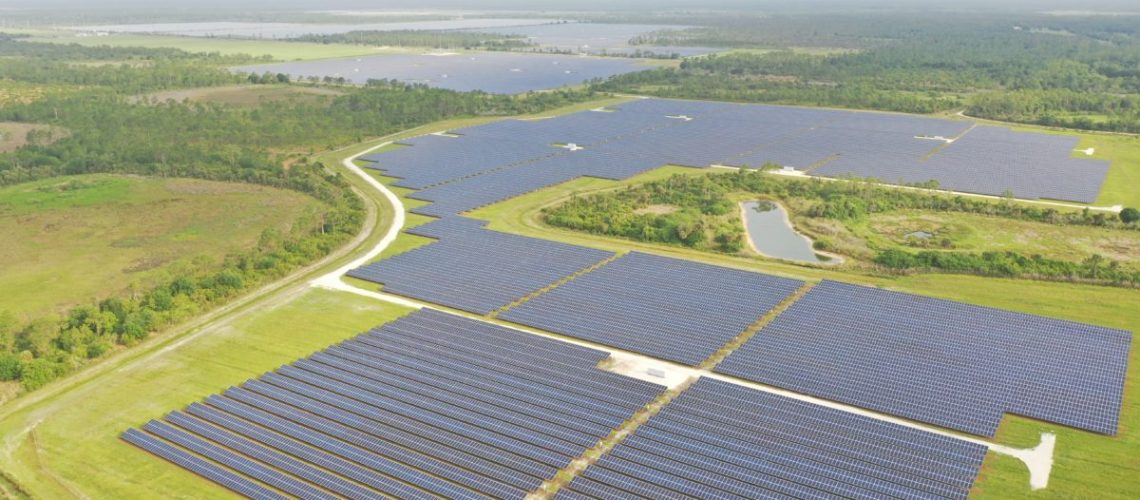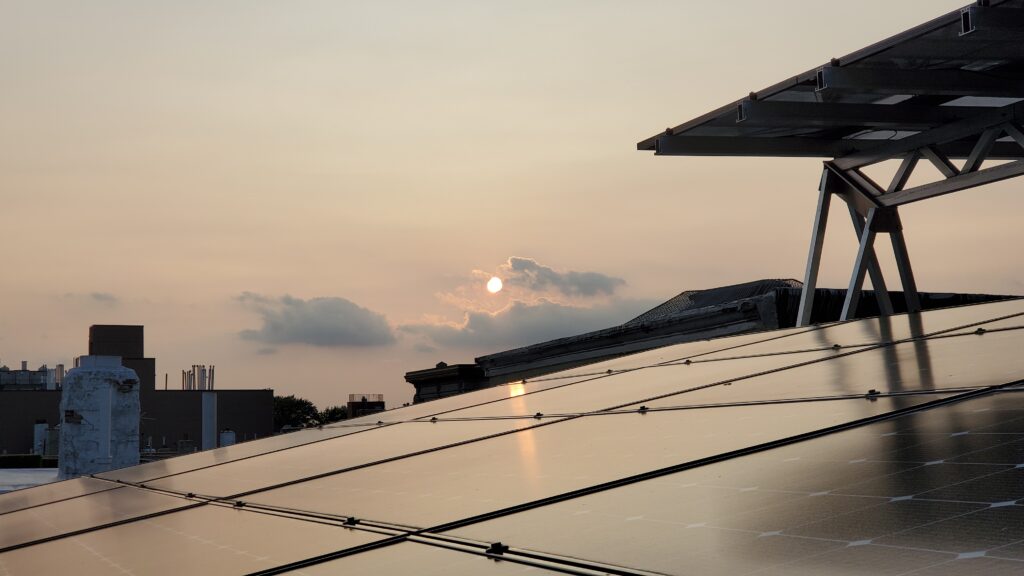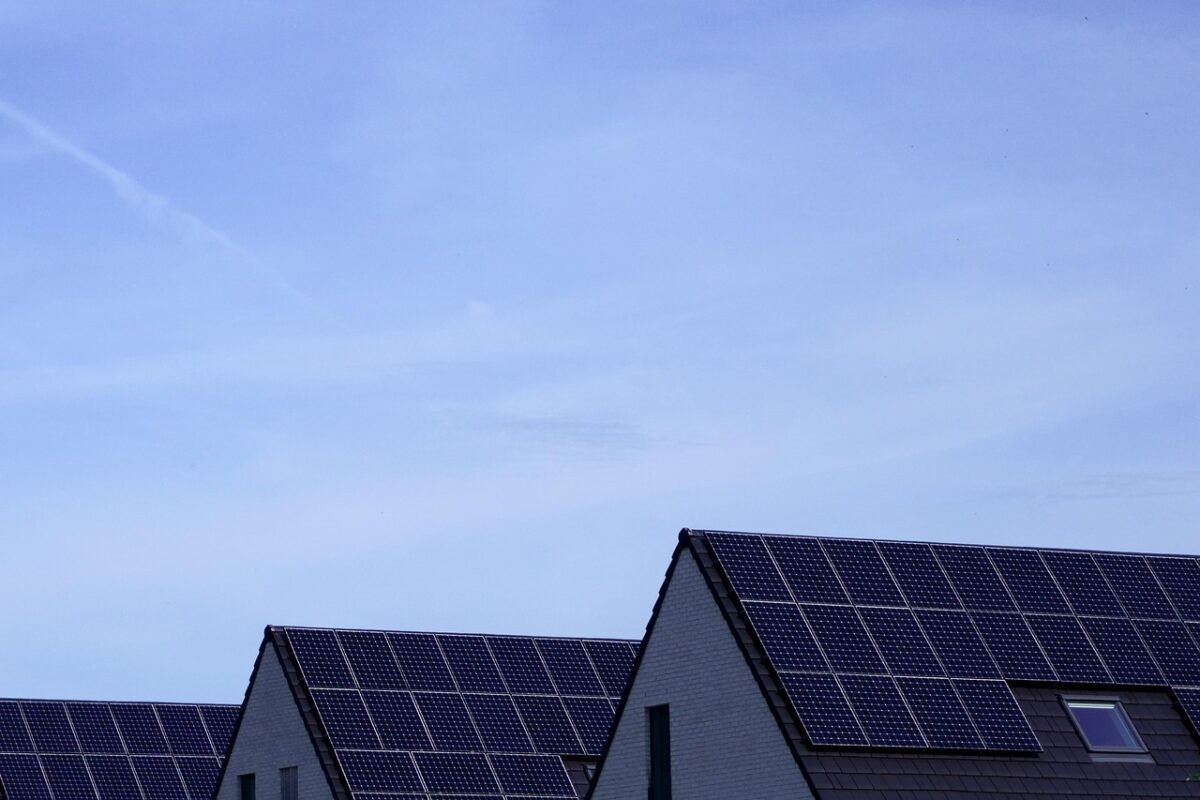Just 12 miles from Fort Meyers, Babcock Ranch was built with climate resiliency in mind.
Hurricane Ian was a near-category five storm when it made landfall in the Naples/Fort Meyers area of Florida’s gulf coast. Babcock Ranch, a community just 12 miles from Fort Meyers, found itself directly in the path of the storm, suffering heavy rainfalls and flooding, uprooted trees and destroyed structures from high winds.
The storm brought record-breaking storm surges and sustained winds above 100 mph. Over 2.6 million Florida customers were left without power.
Despite the widespread destruction, Babcock Ranch, a planned community of over 2,000 homes, retained powered throughout the entire storm, reports CNN. It is often a given conclusion that power will be lost during extreme weather events, but Babcock Ranch has a model that bucks the centralized natural gas-burning energy model that serves much of the Sunshine State. The community is 100% powered by solar.
A 75 MW solar facility powers the planned community, with 700,000 panels delivering clean energy to its residents. It is connected by a small distribution system of wires buried beneath the ground, thereby avoiding outages from downed wires. The ranch also designed streets as floodways, planted native species to control flooding, and exceeded robust Florida building codes when it was planned and built in 2018.
Many residents also installed their own rooftop solar panels and batteries for increased resiliency and extended backup power. Electric vehicles are driven by many of its residents, and sustainability and climate resilience are core to Babcock Ranch’s identity.
“We have proof of the case now because [the hurricane] came right over us,” Nancy Chorpenning, a 68-year-old Babcock Ranch resident, told CNN. “We have water, electricity, internet — and we may be the only people in Southwest Florida who are that fortunate.”
The Babcock Neighborhood School was designated by the state as an official shelter area. These designated shelters typically are equipped with a mandated gas generator, but this was not the case for Babcock. Instead, the solar array kept the shelter powered continuously throughout the storm.
“It’s a great case study to show that it can be done right, if you build in the right place and do it the right way,” said Lisa Hall, a spokesperson for the founder of Babcock Ranch. “Throughout all this, there’s just so many people saying, ‘it worked, that this was the vision, this is the reason we moved here,’” Hall told CNN.
The American Red Cross is accepting donations for victims of Hurricane Ian, bringing critical supplies and support to survivors.
A 2018 PBS video of the inception of Babcock Ranch can be viewed below:






